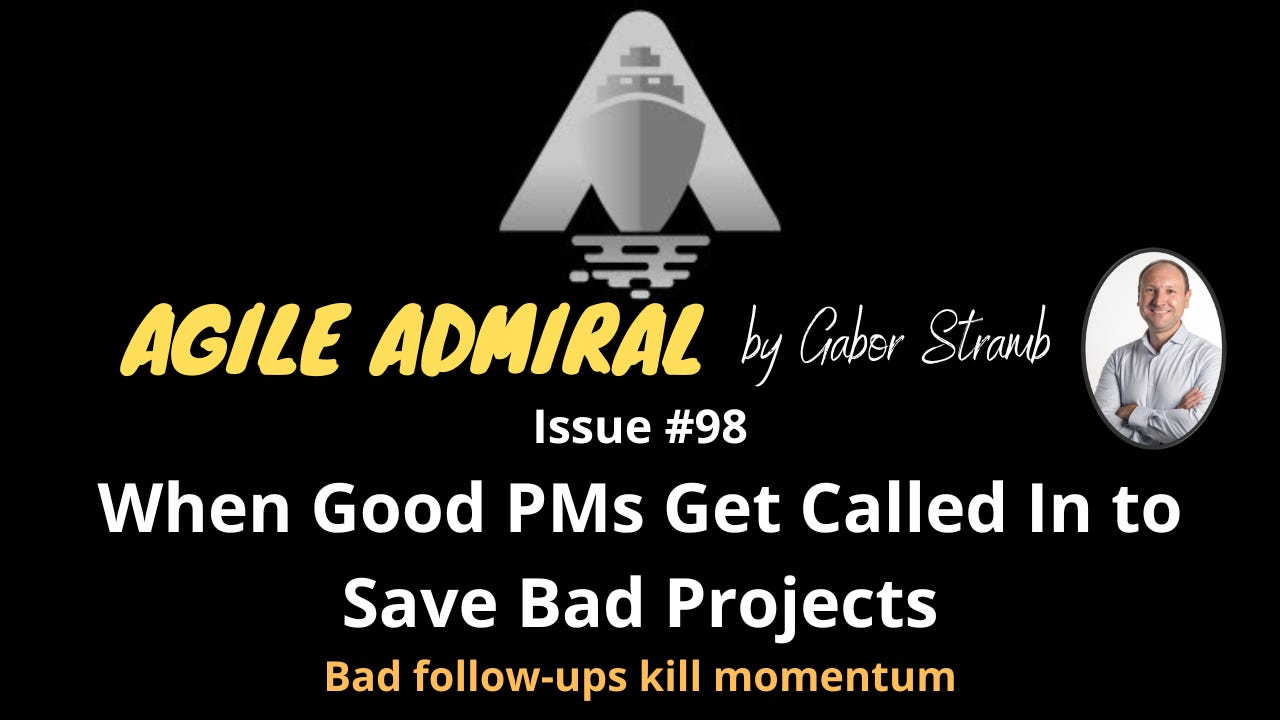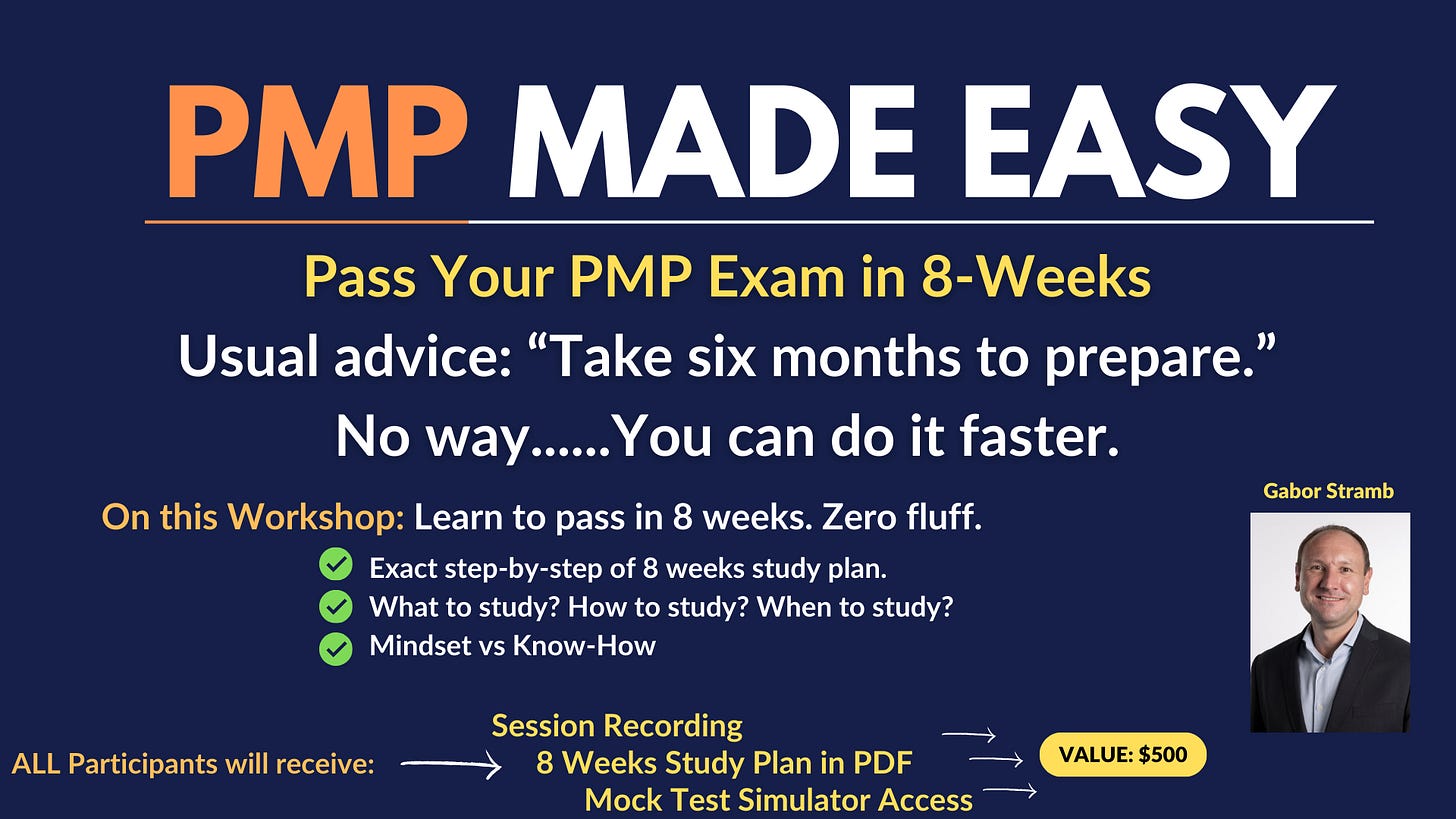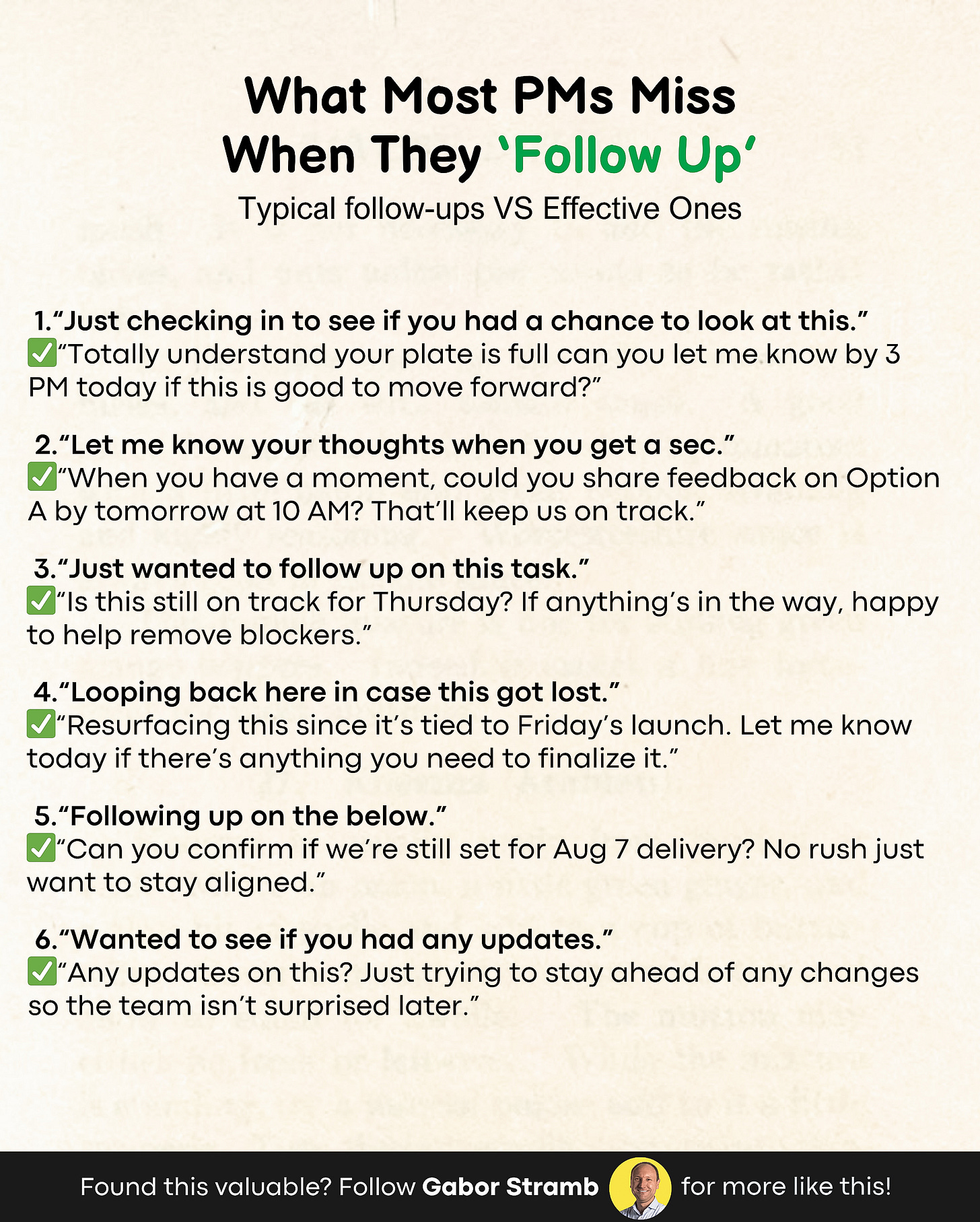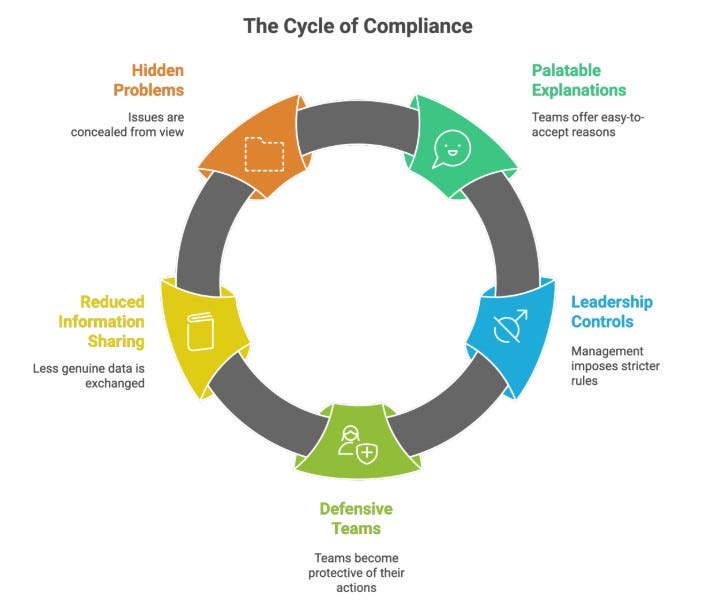When Good PMs Get Called In to Save Bad Projects
Bad follow-ups kill momentum
Read time: 3 minutes
Welcome to the Agile Admiral weekly newsletter. Your Essential Resource for Project Management Excellence.
Each week, I tackle reader questions about PMP preparation, how to implement PMP into real-life projects, and a Senior Project Manager career.
For more:
Junior vs Senior Project Manager | You cannot prevent all conflicts |
The Chaos Coordinator | The Project Habit You’re Probably Skipping |
What's Inside This Edition:
PMP Workshop: My Secret Sauce: 8-week study plan
The Art of Project Recovery: When Good PMs Get Called In to Save Bad Projects
Bad follow-ups kill momentum
Wisdom Worth Sharing:
Harsh truth: Life will test you with the same challenge until you learn the lesson. The same fight in every relationship. The same burnout in every job. The same regret in every missed chance. Until you do the inner work, the outer world won’t change.
Date: 2025/09/24
Register here: https://www.linkedin.com/events/pmpmadeeasy-howtopassin8weeks-w7365634836306247680/
Bad follow-ups kill momentum.
And most project managers don’t even realize they’re doing it.
You write:
"Just checking in to see if you had a chance to look at this."
They read: "This isn’t urgent, feel free to ignore."
Weak follow-ups = missed deadlines, misalignment, and confusion.
Here’s what effective PMs do instead:
→ They give clear deadlines.
→ They explain why the follow-up matters.
→ They keep the tone respectful but direct.
→ They remove blockers instead of waiting on updates.
Following up isn’t just a task.
It’s a skill.
A soft skill with hard impact.
Master it and your projects move faster, smoother, and with less drama.
When Good PMs Get Called In to Save Bad Projects
The Art of Project Recovery
Every PM knows the recovery playbook - assess current state, realign stakeholders, revise timelines, establish governance. It’s comprehensive, evidence based, and completely misses the point.
Projects don’t fail because the PM didn’t follow the PMBOK. They fail because organizations are too polite to name culture and relationship issues as project problems. They fail because someone is impossible to work with, because someone else can’t make a tough choice and because teams don’t know how to collaborate across functions.
These breakdowns don’t happen in isolation and once they start the negative repercussions compound. By the time recovery is needed, stakeholders have lost faith in the team’s ability to deliver and the team itself is defeated and defensive. Trust is broken.
PMs brought in for recovery are removed from these dynamics and often operate from a flawed assumption: that failed projects are simply well-intentioned efforts derailed by poor planning. Under this logic, the solution is obvious - better processes can fix people who’ve stopped collaborating, and clearer governance can make defensive stakeholders engage.
Under pressure to demonstrate quick wins to nervous executives, new PMs engage in ‘recovery theater.’ They build dashboards no-one will use, establish governance that will quickly get ignored, and set meetings that solve nothing.
This approach sends the exact wrong message to the project team. “You failed because you can’t be trusted to manage yourselves. I’m here to fix that.” As meetings and report requirements pile on, project teams become resentful at the oversight and shift into compliance mode. They’ll attend meetings and agree to plans, but they won’t raise real issues or flag cross-functional collaboration points.
Progress will be surface-level, and after go-live, a dozen downstream problems will surface, all with very real costs. Operational issues will waste time, integration failures will prevent your team from accessing the data they need to make good decisions, and the cultural damage will make the next project even harder to execute. Yes, some stripped down version of the project will launch, but business value will be gone.
So, what does recovery look like when the PM starts with their team and not the executives?
It starts with something obvious. Teams have better information than executives about what’s actually broken. Executives see symptoms. Teams see causes - the stakeholder who changes their mind weekly, the powerplay disguised as a two week approval process for a five-minute decision, the sponsor who ignored legitimate technical constraints.
But, teams only share intelligence when they trust you’re there to help elevate what actually matters, not judge them for failing to deliver on something they think was designed to fail from the start. Focusing on compliance undermines any chance of developing that trust.
By ensuring your team views you as an advocate for them, not an informant for leadership, your team will share real problems, instead of palatable explanations. Here’s how to build that trust systematically:
Be Curious: Start with questions designed to understand, not evaluate. Ask the same 3-5 core questions of every stakeholder, but leave 10-20 minutes of unstructured time. Use your initial time to dig into dynamics, understand the specific contention points, or explore the technical constraints that keep surfacing. You’re not gathering requirements, you’re understanding what your team needs and rebuilding psychological safety.
Be Kind: Be explicit. You’re not there to assign blame. You’re there to help people get unstuck, offer perspective, and rebuild working relationships that enable actual progress. As stakeholders start to shift from self-preservation mode to problem-solving mode you’ll get access to the intelligence that matters - what went wrong, how it went wrong, and what needs to happen to prevent it from going wrong again.
Be Clear: Relationship first doesn’t mean consequence-free. As you move from understanding to action, establish expectations around deliverables, timelines and communication. You’re not there to accommodate dysfunction, you’re there to help people within realistic parameters. If technical constraints are blocking progress, you’ll advocate up. If someone’s behavior is blocking progress, you’ll address it.
Here’s how this played out in practice:
Years ago, I led the redesign of a barely functioning teacher credential tracking system. It captured data without purpose, was mostly manual, and neither stakeholders nor users could get the insights they needed to support teachers effectively.
Instead of immediately jumping into redesign, I started with understanding what the team actually needed to track and measure, not what the old system happened to collect. Through interviews, I learned that the teams who most relied on the system had evolved significantly from when the original system was created.
As stakeholders began to trust that I was there to solve their problems, they started discussing the questions they wished they could answer with the tool, and the impact it would have on teacher support and passage rates.
As real opportunities were identified the team became vested in the work, actively collaborating. Technically, the project was a success. We delivered 40% fewer features than originally scoped, came in under budget, and achieved smooth adoption because users had shaped the solution. But the real impact came from what the relationship-driven approach unlocked. Within a year, the targeted interventions that were developed and possible because of access to new data, increased first-time passage rates by over 20%, a huge jump.
The growth happened because the team felt safe to surface actual issues, instead of politically acceptable ones. A compliance-focused redesign would have delivered a technically functional system that didn’t serve the teams who used it most, and would have completely missed the transformational opportunity. It’s not appropriate for every project, but when you can lead with it, relationship-driven recovery doesn’t just offer a path forward, it creates the conditions for genuine engagement that leads to outsized impact.
See you next week.
Follow me on LinkedIn | YouTube | Instagram
Truth bombs: You can pass PMP in 8 weeks, I’m happy to show you “how”. When you’re ready, follow the links below:
👉🏼Do it together - join the PMP Operation System
👉🏼Do it 1-on-1 - join 8-week coaching program
https://gaborstramb.com/special-offer






